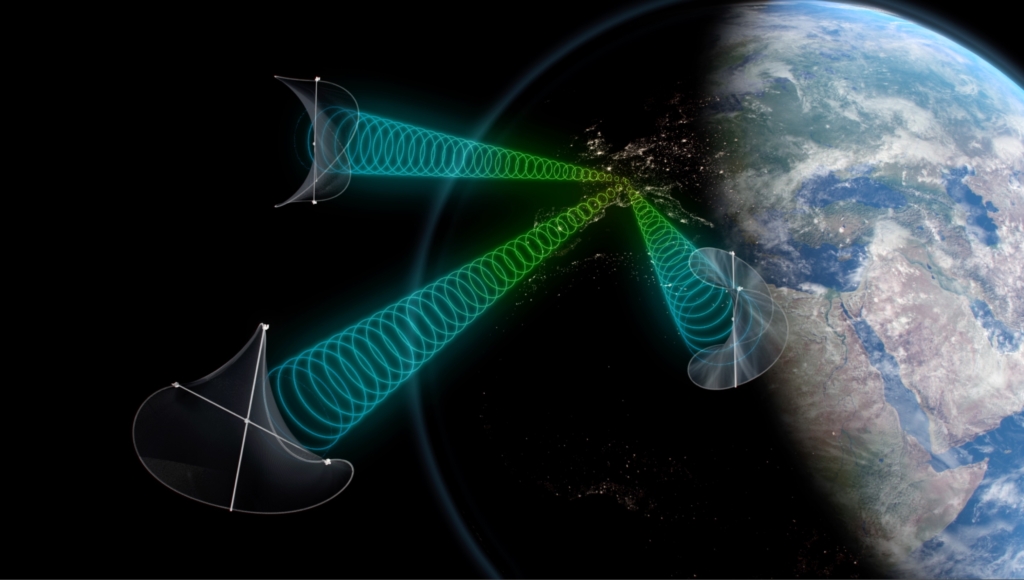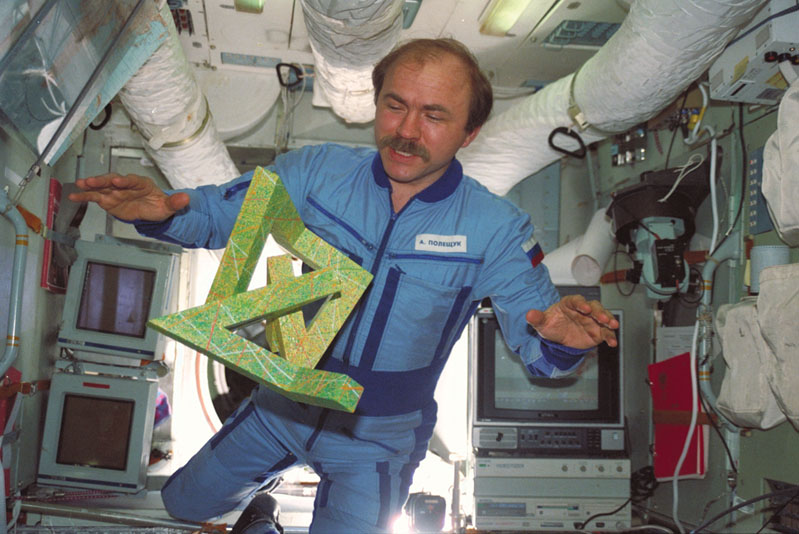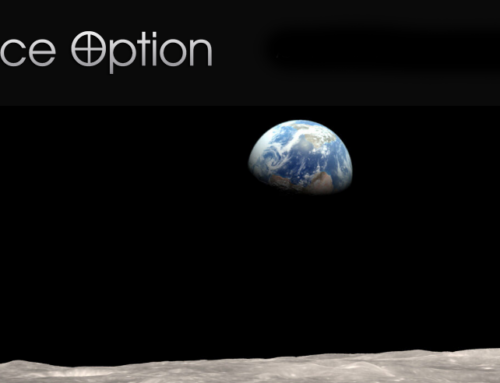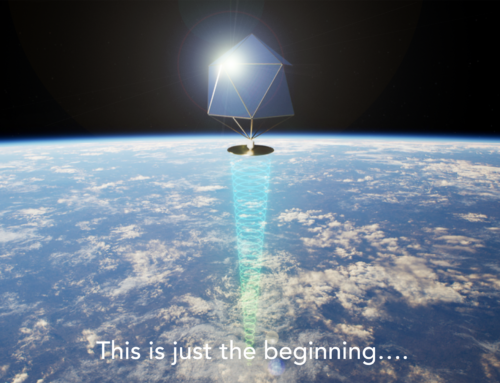Original article (French) published in La Liberté, by Sophie Gremaud, on March 22, 2025
https://www.laliberte.ch/articles/suisse/pour-repondre-a-la-transition-energetique-lidee-fait-son-chemin-1000624
English translation:
Deploying solar panels in space? The idea is gaining ground as a response to the energy transition.
Space solar power, in which solar panels are deployed in space to provide clean energy for the Earth, is gaining momentum. A Swiss company, whose prototype will be on display in Lausanne over the next six months, is actively working on the project.

According to Arthur Woods, founder of Astrostrom, “two to three satellites would be enough to compensate for the closure of Switzerland’s nuclear power stations”. Astrostrom GmbH 2025
Giant photovoltaic satellites capturing the Sun’s energy from space and converting it into electricity before transmitting it wirelessly to Earth to power our grid: the idea sounds like something straight out of a science fiction film. However, this project, which combines space conquest and energy innovation, is becoming increasingly realistic. And a Swiss company called Astrostrom is in the running. Its Greater Earth Energy Synergy project is on show in Lausanne until 21 September, as part of the second Solar Biennial.
The first solar panels used in space were deployed in 1958 aboard NASA’s Vanguard 1 satellite, marking a milestone in the harnessing of space-based solar power. Ten years later, in 1968, the concept of Space Based Solar Panels (SBSP) was introduced.
Long sidelined due to its high costs, this technology is making a strong comeback thanks to the drastic drop in launch costs, advances in robotics and, above all, the urgent need to find solutions to achieve carbon neutrality by 2050. While politicians and experts desperately seek solutions, more and more attention is turning to space.
A factory on the Moon
Studies have been conducted simultaneously by university laboratories, private companies, and space agencies around the world for several decades. This research has given rise to various concepts, the majority of which rely on systems launched directly from Earth. The Astrostrom project, supported by the ESA (European Space Agency), goes even further: it proposes to install a solar panel factory on the Moon.
“Our idea is to use autonomous robots to extract iron sulfide and sulfur from lunar rocks to manufacture lightweight, flexible lunar photovoltaic panels. These components would then be assembled in zero gravity to create a solar satellite. This method would significantly reduce the constraints related to rocket launch capacity and environmental impacts,” explains Arthur Woods, CEO of the company, who fell into the space pot when he was young (read below).

” Two or three satellites would be enough to compensate for the closure of Swiss nuclear power plants. ”
Arthur Woods
In space, sunlight is much more intense than on Earth’s surface, and exposure is constant, unaffected by weather conditions. A solar satellite can thus produce and transmit energy to Earth continuously 24 hours a day, 7 days a week, all year round.
According to the ESA, a single solar satellite would produce 2 gigawatts of energy, the equivalent of a conventional nuclear power plant, capable of powering more than a million homes. It would take more than six million solar panels on the Earth’s surface to produce the same amount of energy. “Two to three satellites would be enough to compensate for the closure of Switzerland’s nuclear power plants,” estimates Arthur Woods.
“More surmountable than ever”
Although experts agree that space-based solar power “is based on existing technological principles and understood physical laws, without requiring a major breakthrough,” several obstacles still litter its launch pad. Energy delivery by microwave or laser raises concerns about its efficiency and potential health effects, while the exploitation of lunar resources poses legal and ethical challenges.
Published in 2024, a NASA report further highlighted that SBSPs were “not yet competitive due to the costs and greenhouse gas emissions generated, which, as they stand, are comparable to those of current renewable electricity generation technologies.”
While NASA remains cautious, other players, such as the ESA , believe that “the challenges related to solar energy in space seem more surmountable than ever.” With its eyes fixed on the stars, the Japanese space agency ( Jaxa ), for example, has announced the development of a 1 GW space solar system (SSPS) by 2030, while working on more compact versions, “ready for takeoff sooner.”
Arthur Woods, the art-astronaut
Born in 1948 in the United States, Arthur Woods grew up near Cape Canaveral in Florida, where rocket launches were routine. “So close, you could see them from my backyard,” recalls the man who, almost naturally, worked at the Kennedy Space Center during his college summers.
At the age of 27, he arrived in Switzerland “for love,” and began a career as an artist with a bold project: “to send art into space.” A dream he realized in 1993, by sending his sculpture Cosmic Dancer aboard the Russian space station Mir.

Cosmonaut Alexander Polischuk and the sculpture Cosmic Dancer by Arthur Woods, aboard the Mir space station.
“After several years of creating increasingly ambitious works of art, I wanted to add a practical dimension to them. That’s how Astrostrom was born,” says the self-described “space artist.” Based in Kaltenbach, near Frauenfeld, the dynamic septuagenarian now heads a team of four. Supported by the European Space Agency, Arthur Woods’ company conducts feasibility studies and visualization projects aimed at promoting space-based solar energy.






